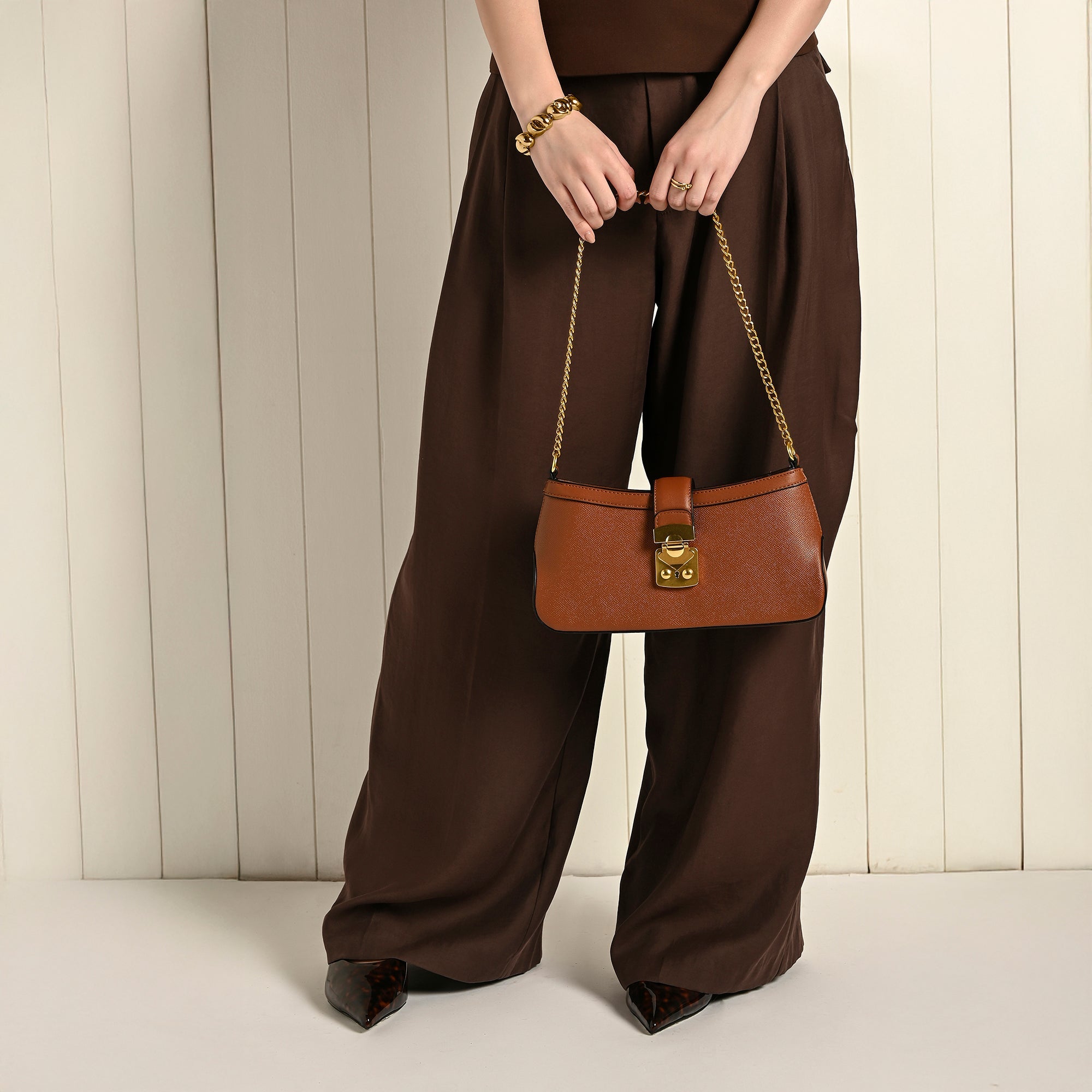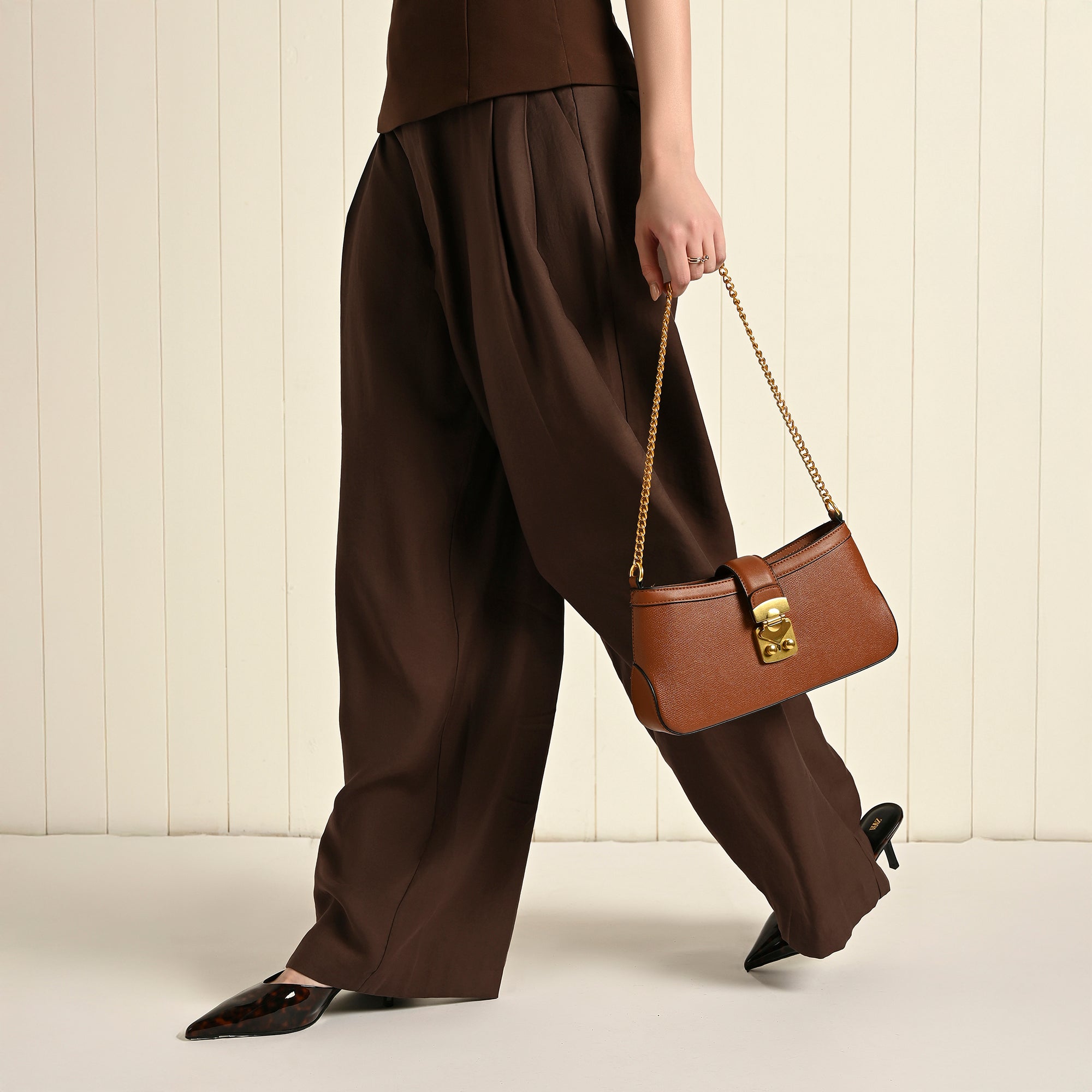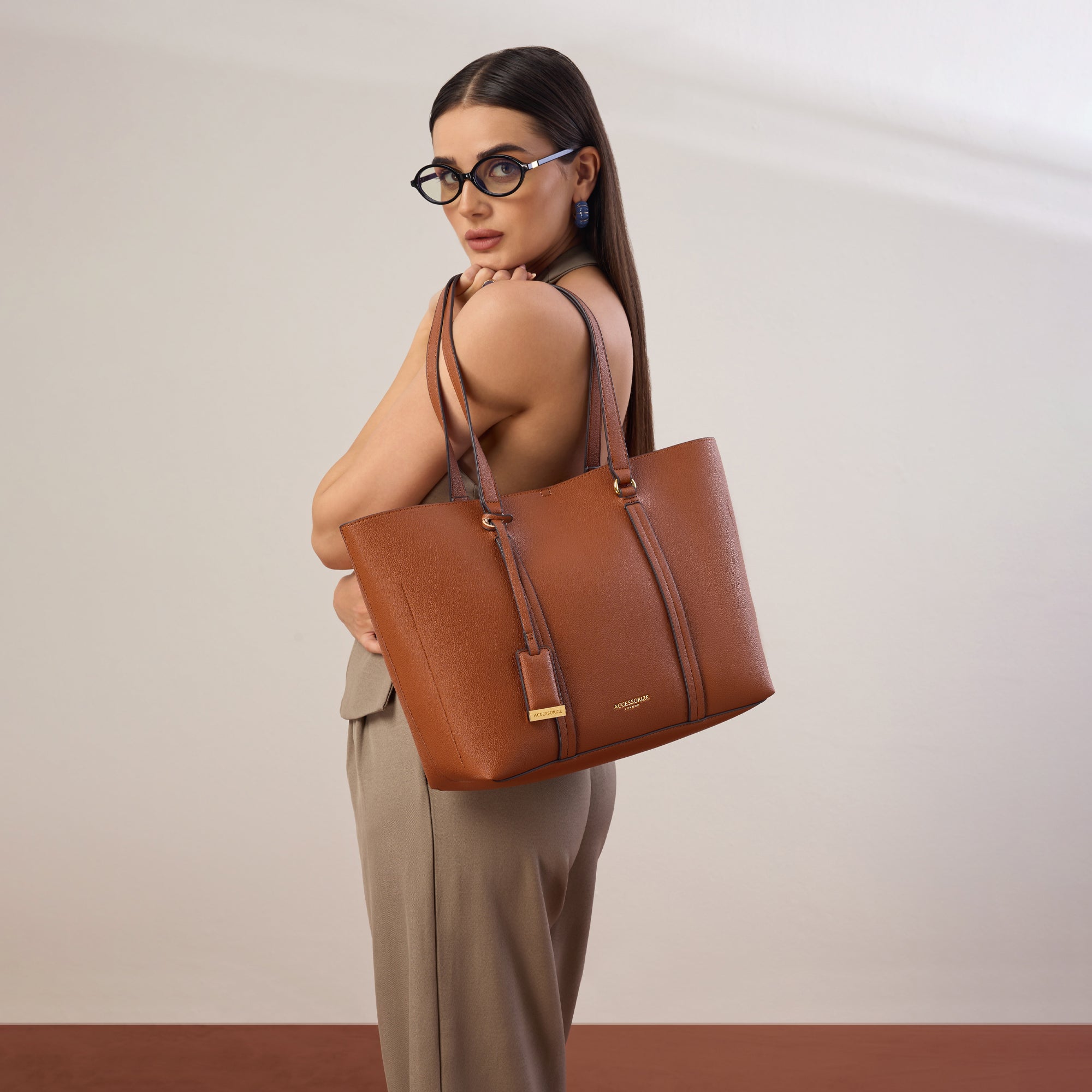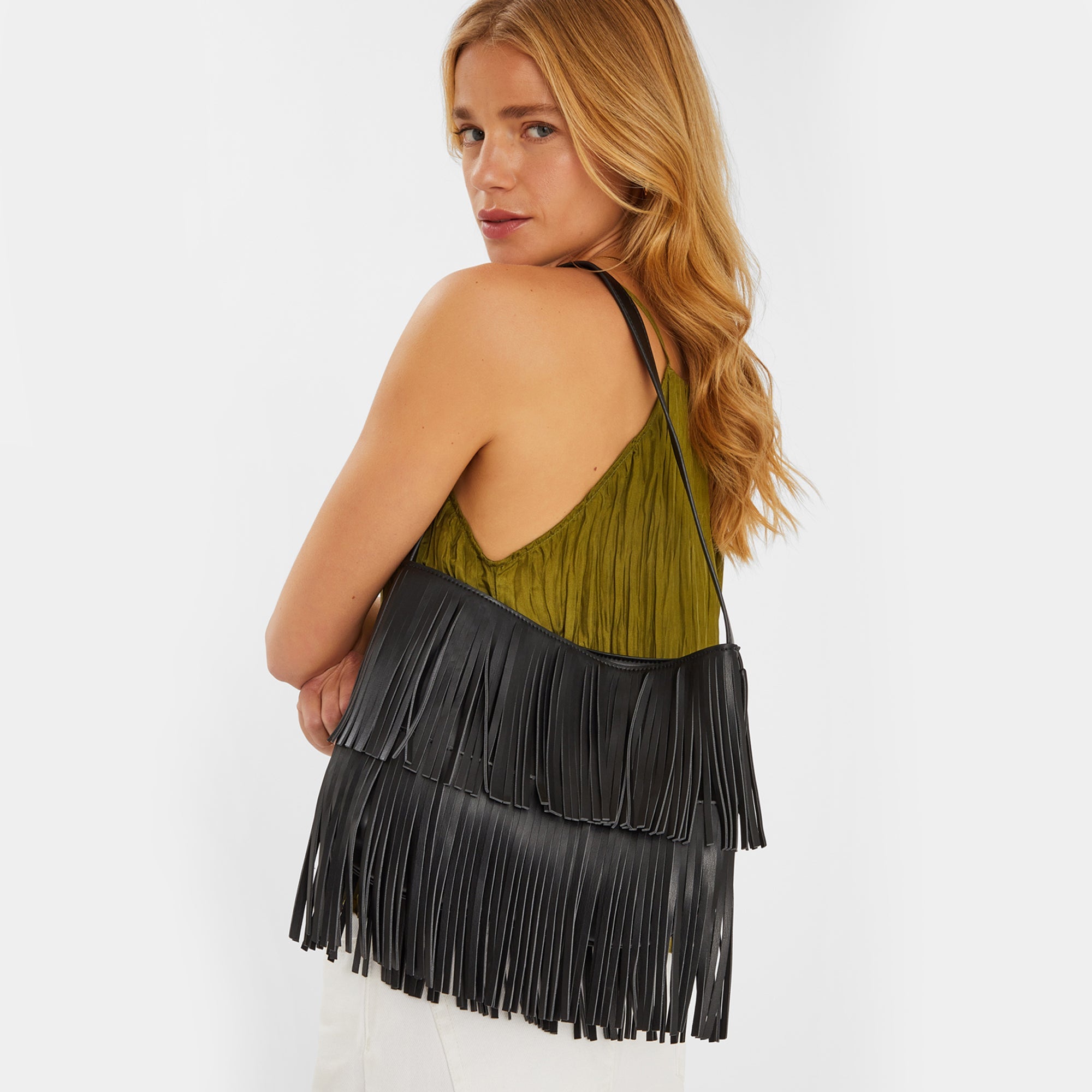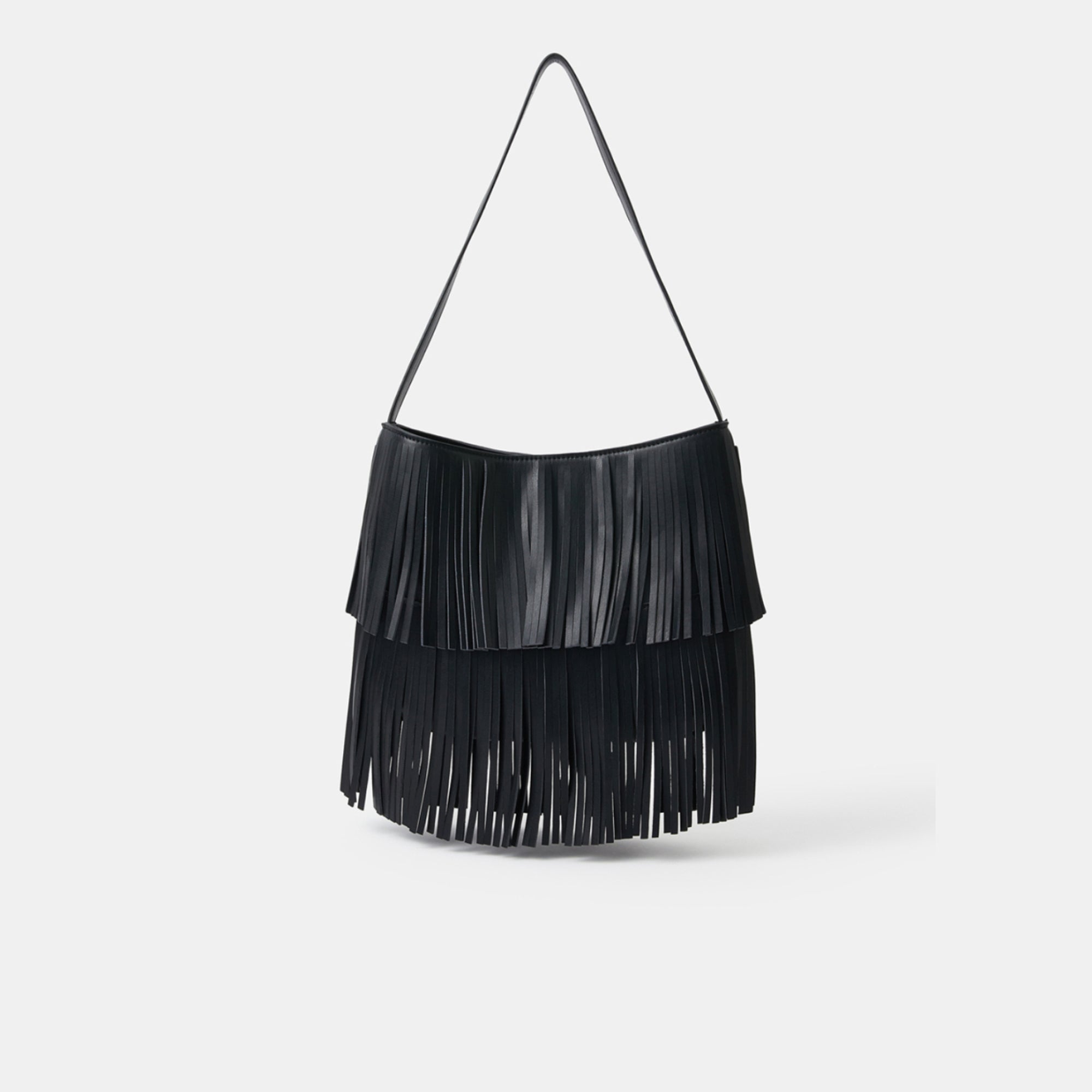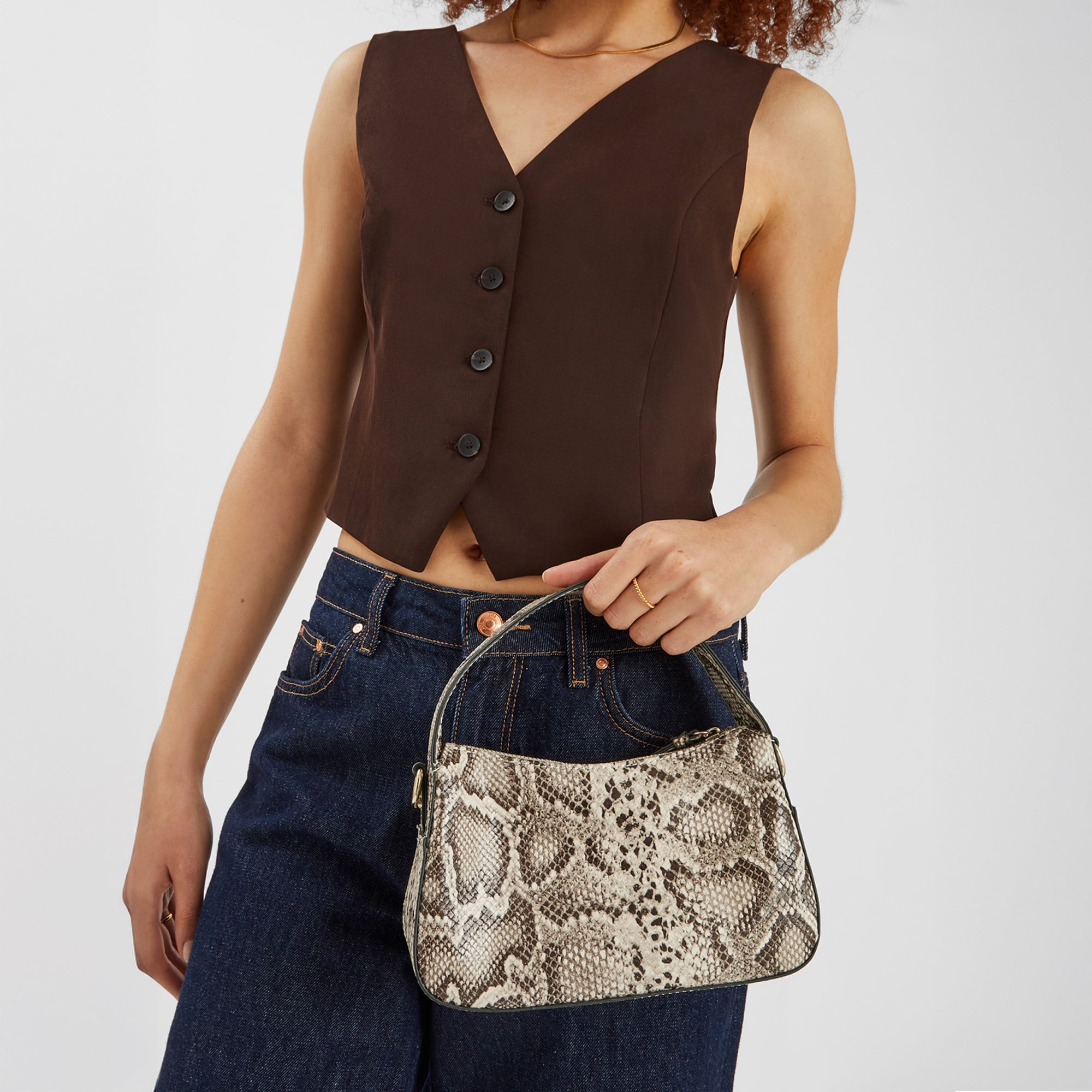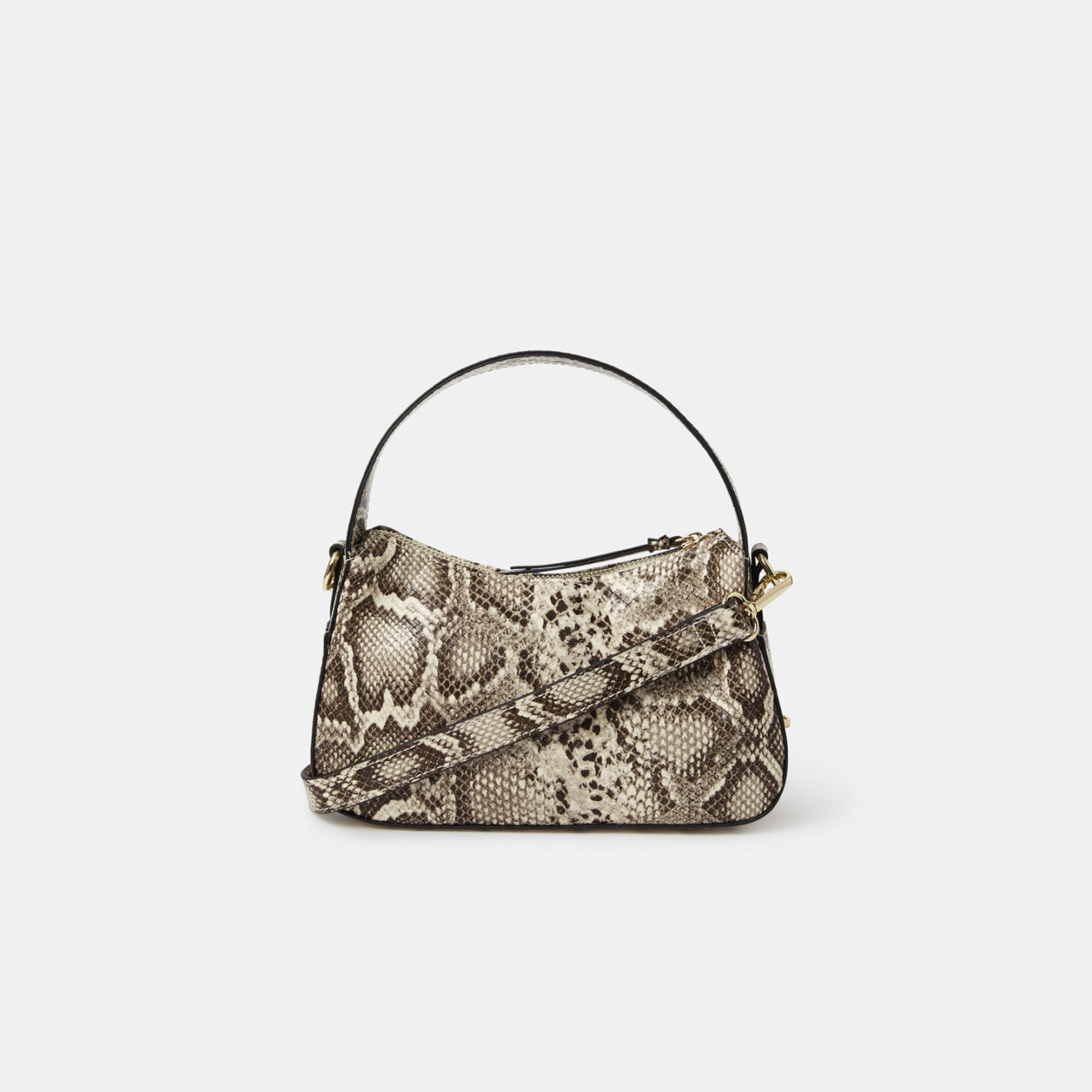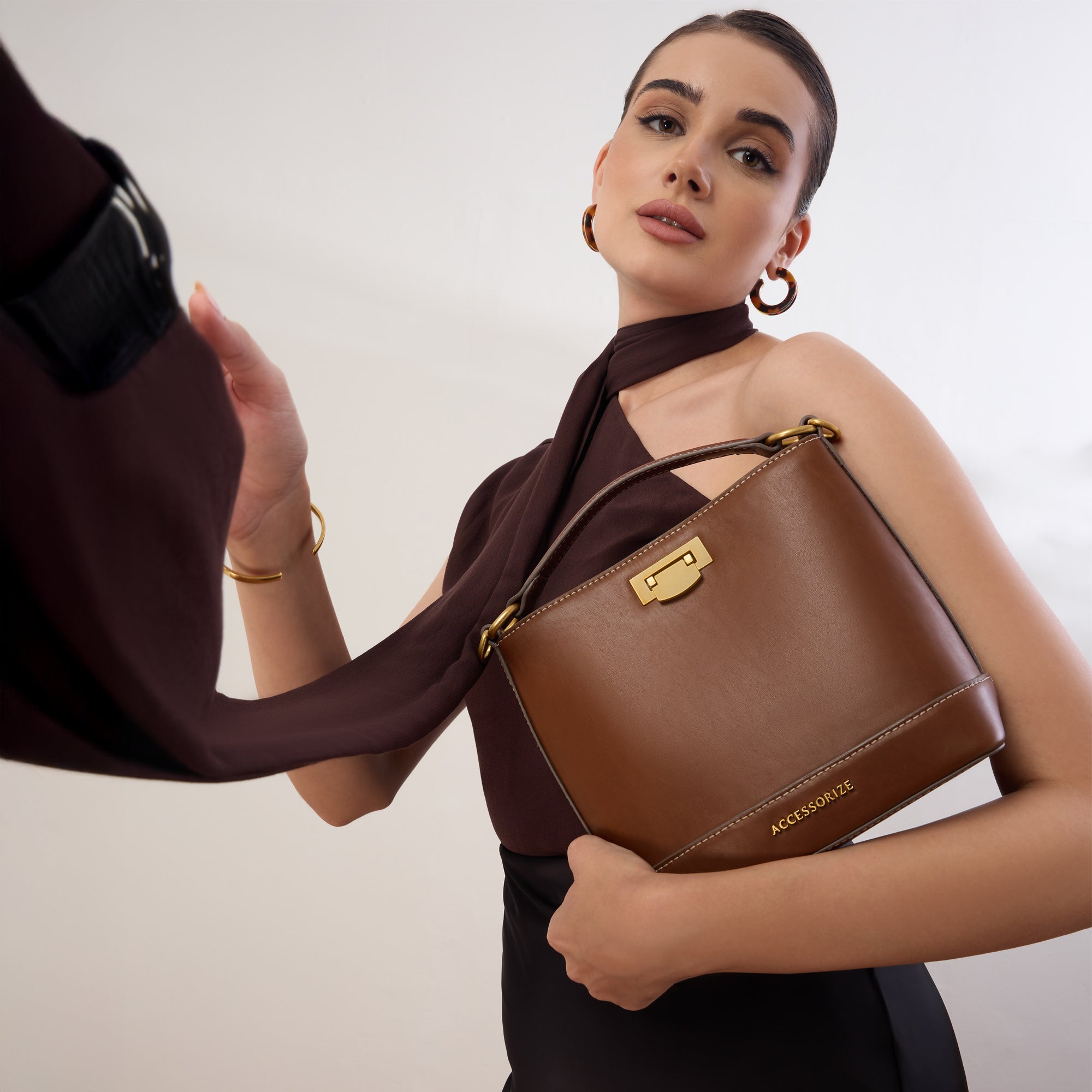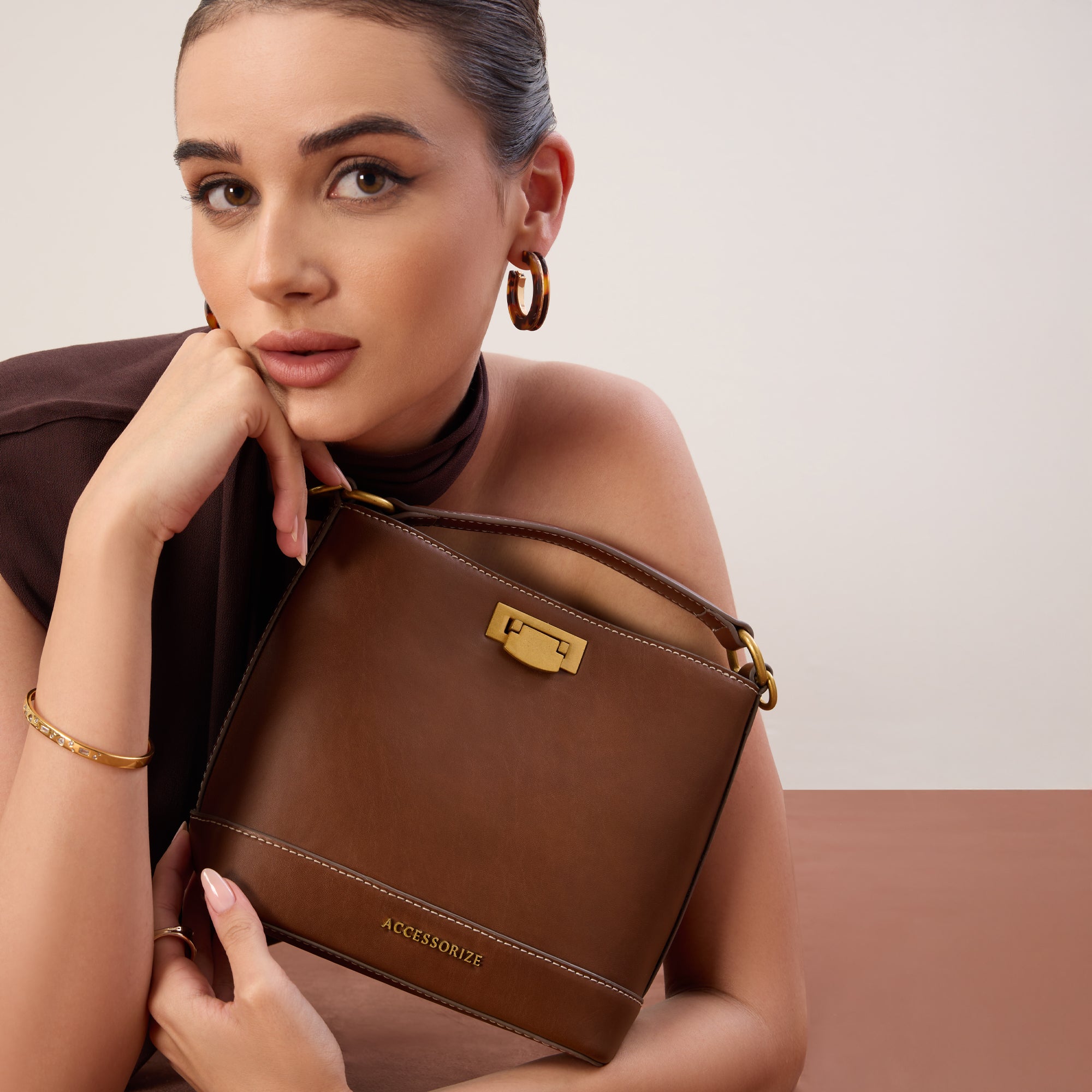Scarves have never been just pieces of fabric. They've framed faces, tied together outfits, shielded from wind and sun, and, more recently, stirred conversations around style. From royalty to revolutionaries, from ancient streets of Egypt to cobbled streets of 18th-century Europe and now the digital runways, scarf history through the ages has never been about just keeping warm.
They've been the whispered stories, marked class, flaunted allegiance and added that finishing touch, you can't quite explain but feel. Let's wrap ourselves in the origin of the scarf and its evolution through the lens of fashion, one century at a time, with this blog curated by Accessorize London.

A Brief Journey Of Scarf History & Origin: Shaping Identity & Fashion
Scarf Origin: Threads That Start It All
Long before fashion entered the conversation, scarves had practical beginnings. Historians trace the earliest known use of scarf-like cloths to Ancient Egypt, where Queen Nefertiti was depicted wearing a finely woven scarf beneath a jeweled headpiece around 1350 BC. However, in Ancient China, around 1000 BC, scarves took on more defined roles- not for fashion but for rank.
The origins of scarves can also be traced back to Ancient Rome. These scarves, called sudarium (meaning “sweat cloth”), were popular for practical uses like whipping perspiration. These scarves were more practical than polished but laid the groundwork for today’s fashionable scarves for women.
1700s: Scarf History Of Refinement
The history of fashionable scarves began in the 18th century. In those days, they were not called scarves as we know them today. They were called cravats, fichus, or kerchiefs—delicate pieces of cloth used mainly for modesty, warmth, or distinction. People wore them tightly knotted or draped them gently, often in lace, muslin, or cotton fabrics.
The 1700s neck scarf was neat and purposeful. You’d see finely folded neck scarves paired with structured coats and jackets or corseted gowns. Every fold was intentional, and every knot was a quiet indicator of indulgent fashion rooted in graceful etiquette and usually reserved for the royalty or upper class.
1800s: History Of Silk Scarf & Symbolism
The 19th century brought a shift - less stiffness and more softness. This was the era when scarves truly flourished as style staples. The era’s biggest shift came with the rise of the Kashmir shawl, which was lightweight, handwoven and often intricately patterned. These scarves went from India to Europe through trade and soon became prized possessions, especially among women of good standing.
Silk also became a popular scarf material this century. As silk production expanded across Europe and Asia, more people gained access to delicate, silky scarves that were as soothing on the skin as they were visually appealing.
The scarf designs were warm and elegant and embodied the mark of quiet luxury.
1900s: Evolution & Everyday Use
If the 1800s gave scarves meaning, the 1900s gave them momentum. Each decade unfolded a new way to wear, fold and feel about scarves.
Early to Mid-1900s: Practical and Polished
The 20th century is the industrialised world and thus scarves history also adapted to it as well.
Late 1900s: Scarves Of Freedom
By the latter half of the century, scarves started breaking boundaries. No longer confined to the neck or shoulder they appeared on wrists, waists, even as tops or hair wraps.
Fashion forward individuals used scarves to dress up minimal outfits or add flair to everyday looks styled from the silky and sleek to rugged and raw-edged. Patterns in the 1900s grew bolder, and more colorful. These scarves became the reason for the outfits instead of being just another accessory.
2000s To Now: Versatility Takes Center Stage
This was the era when scarves reached their most versatile phase yet due to the rise of street style and personal fashion blogs.
The blanket and pashmina scarf emerged as the go-to winter layer. Lightweight yet warm, these scarves wrapped loosely around the neck or shoulders, offering comfort with the bulk.
Meanwhile other styles of scarves created from lightweight materials became everyday accessories - knotted onto bags, tied as hairbands, or folded into belts. Nearing their history they became accessory that could transform a plain outfit with almost no effort
Now, there is no right or wrong way to wear a scarf, only your way!
Final Thoughts: History Of Silk Scarf
Scarves are unique for reasons other than their historical significance. It's how they've remained with us over the centuries, speaking, softening, and changing styles. They serve as a reminder that style doesn't always stand out. It drapes lightly at times, gently enveloping us at others. There are also times when it connects everything in the most surprising way.
Are you looking to add historical scarves for women as a historical fashion staple? Check out Accessorize London, your one-stop accessories destination for luxury at affordable prices.

FAQs
Is a scarf a romantic gift?
Yes. A scarf is a uniquely romantic gift because it is private, timeless, and intimate. It demonstrates consideration because it envelops the person in style and warmth. It feels near, like a gentle embrace, whether silk, wool, or cotton. It's more than a present; it's a lasting gesture.
What is the history of the silk scarf?
Silk was first cultivated and used only by the elite in ancient China, where the silk scarf originated. By the 19th century, silk scarves had become valuable assets in Europe, admired for their softness and elegance. They eventually became luxury fashion standards, hand-printed, elegantly constructed, and symbols of polished individual style.
What is the purpose of a scarf?
The purpose of a scarf has shifted beautifully through time. Traditionally used for warmth, modesty, or protection, it is now a versatile style piece. Scarves add personality to outfits, offer comfort, and often hold sentimental value—whether tied around the neck, hair, bag, or wrist, they effortlessly blend function with fashion.
